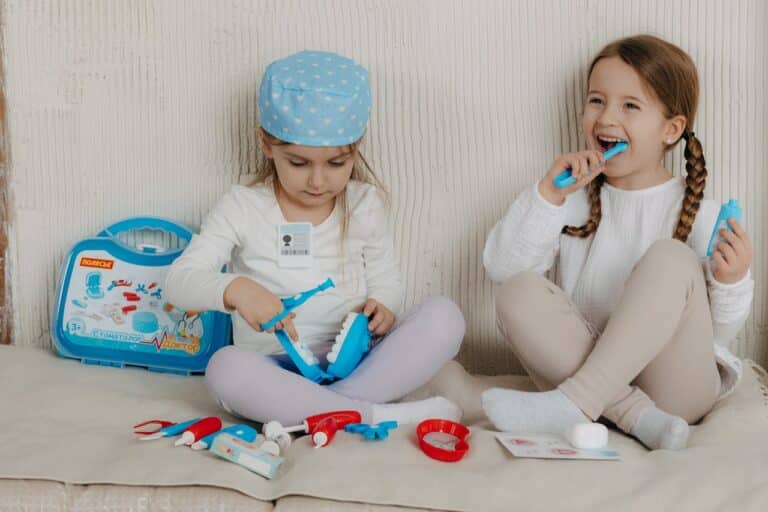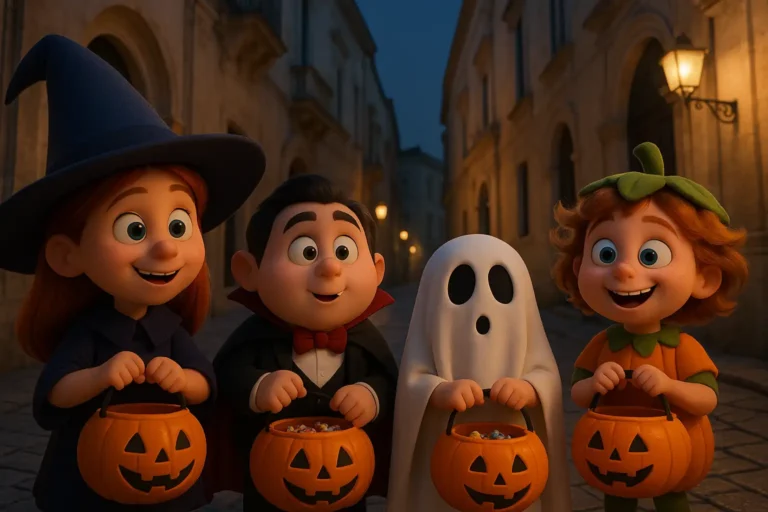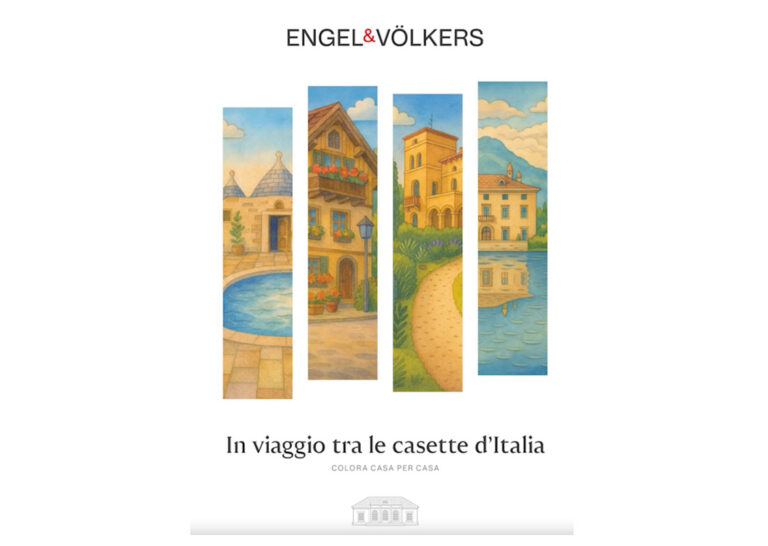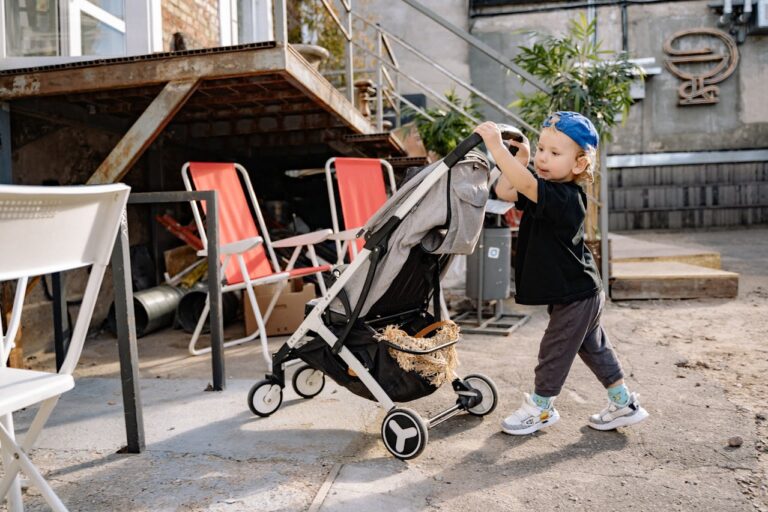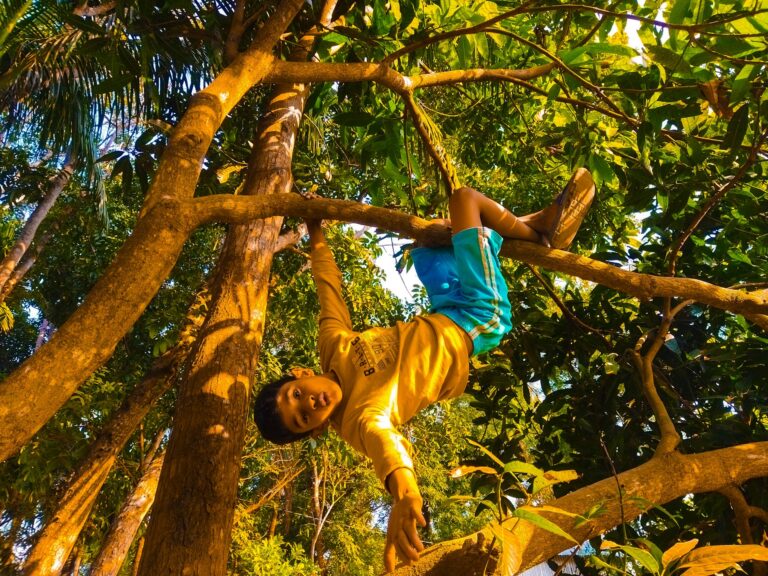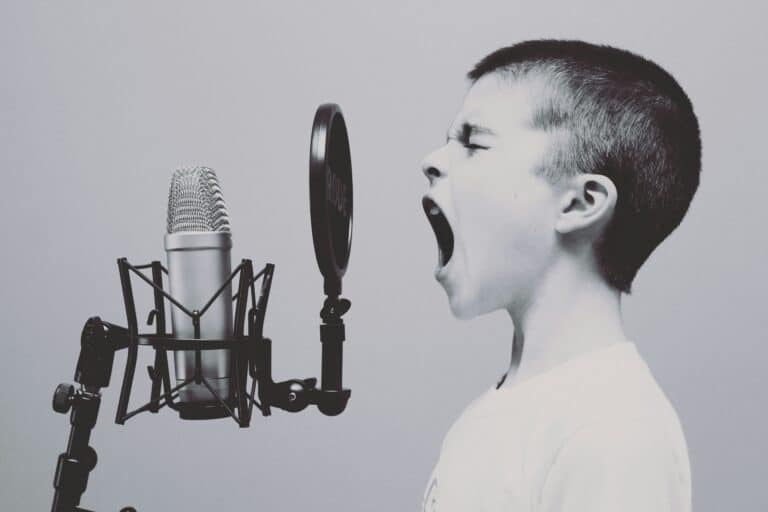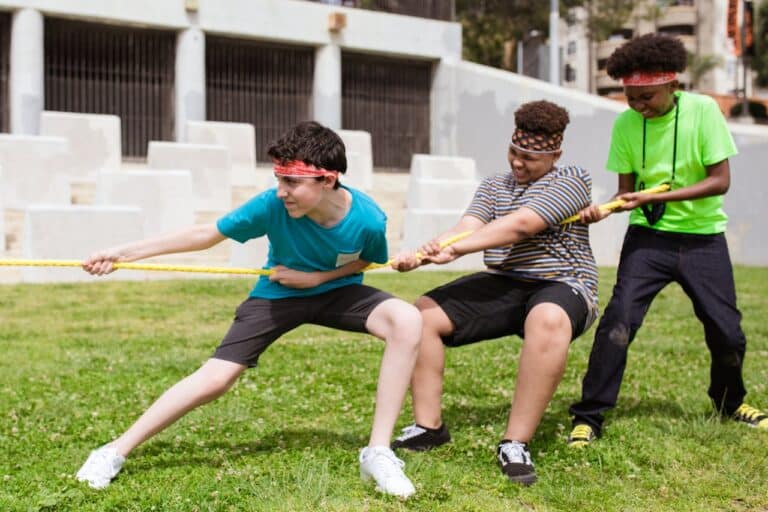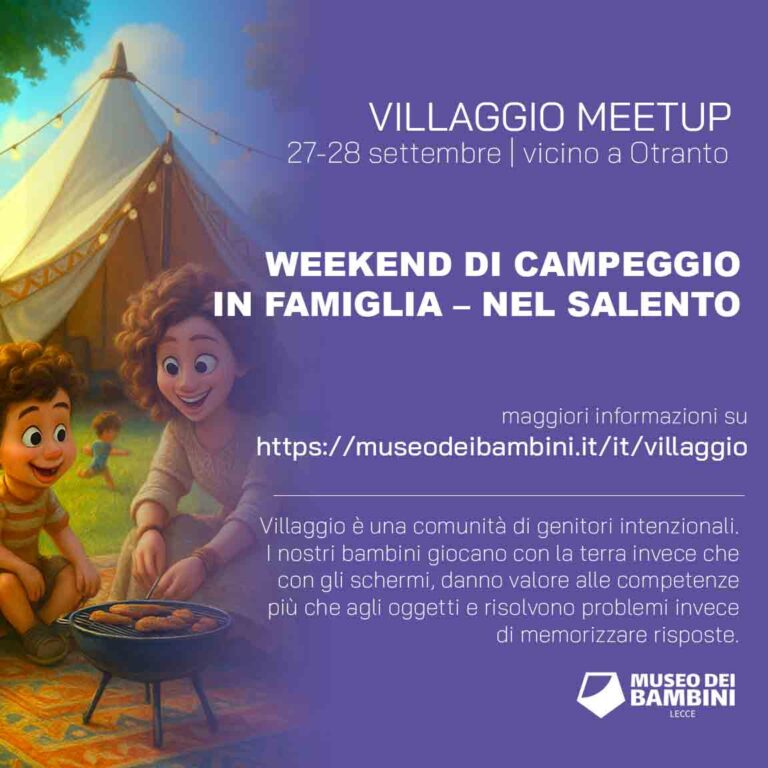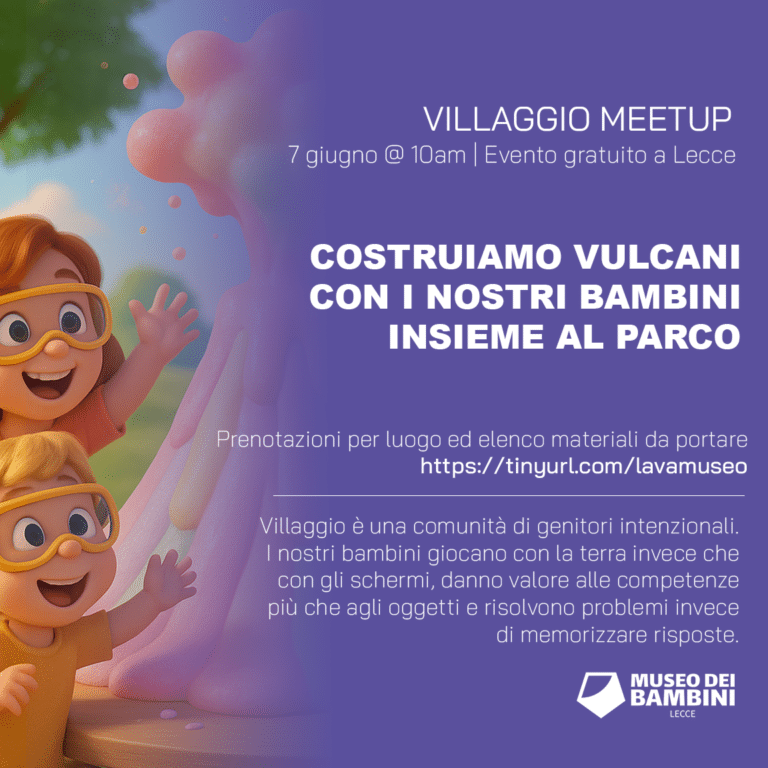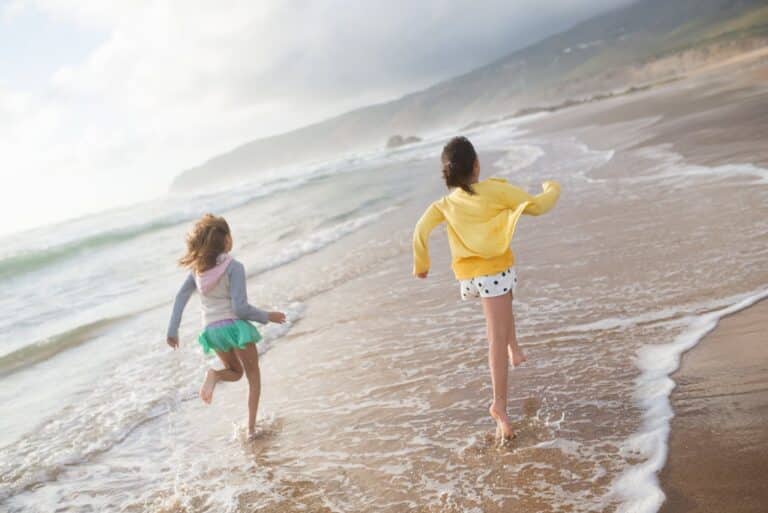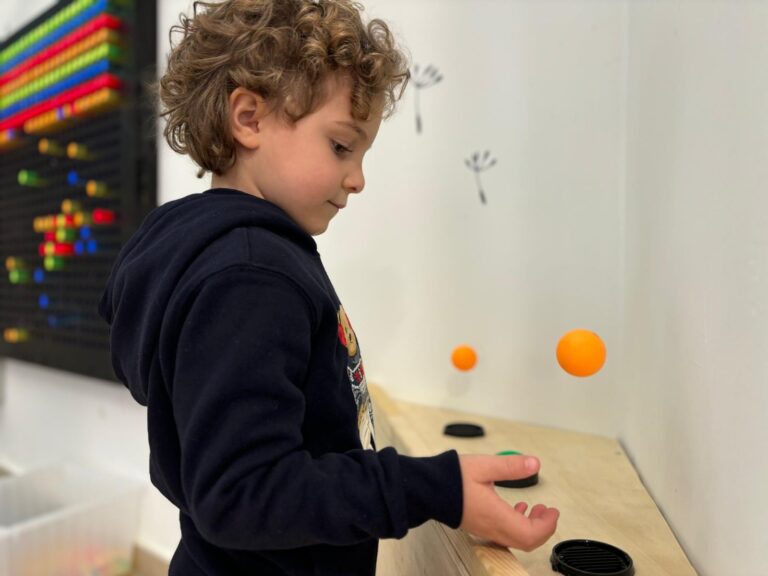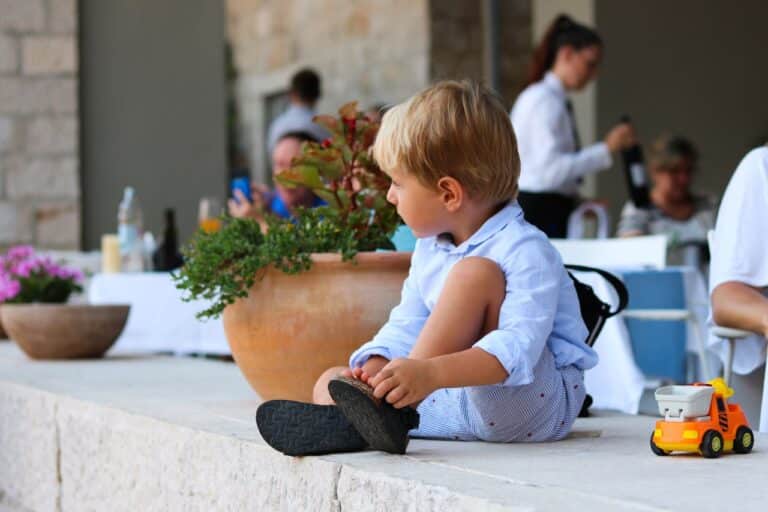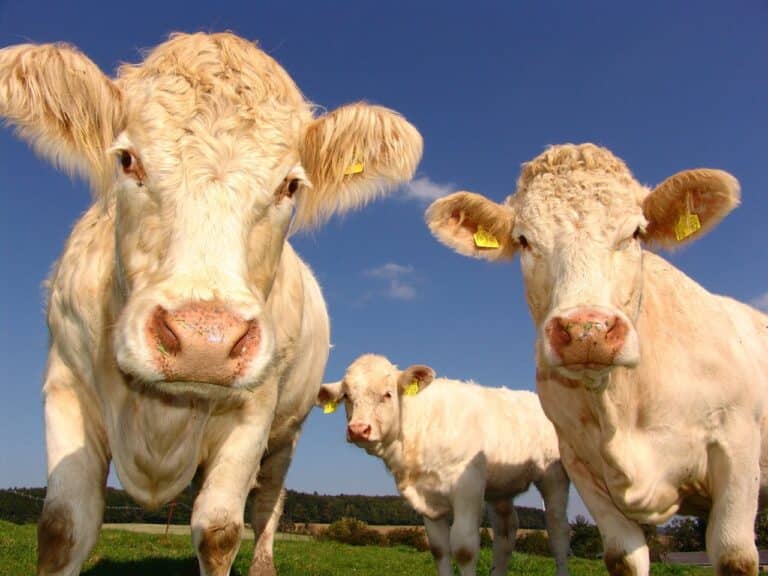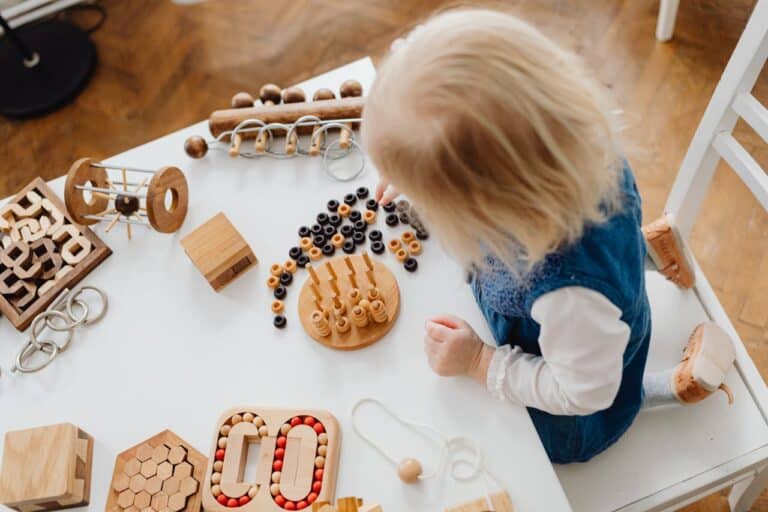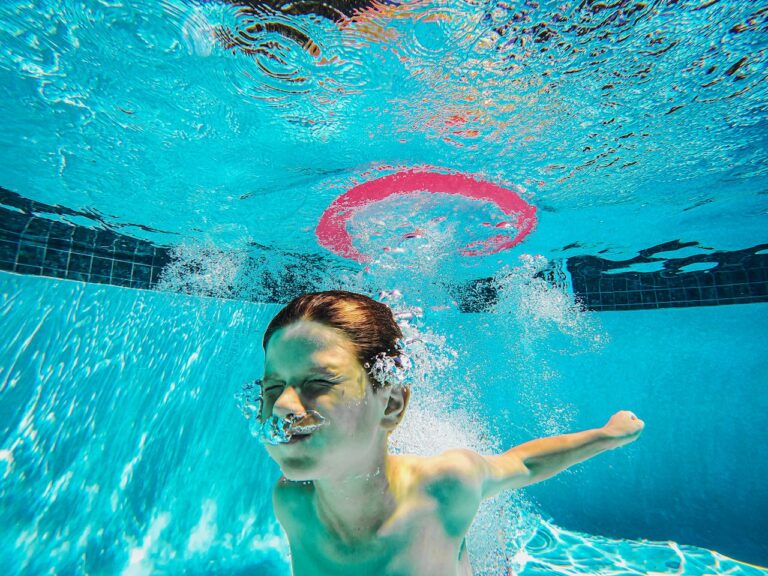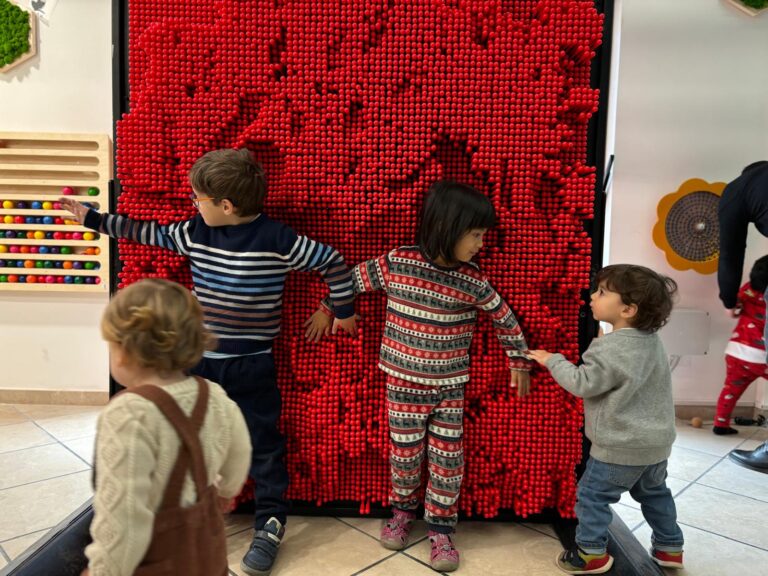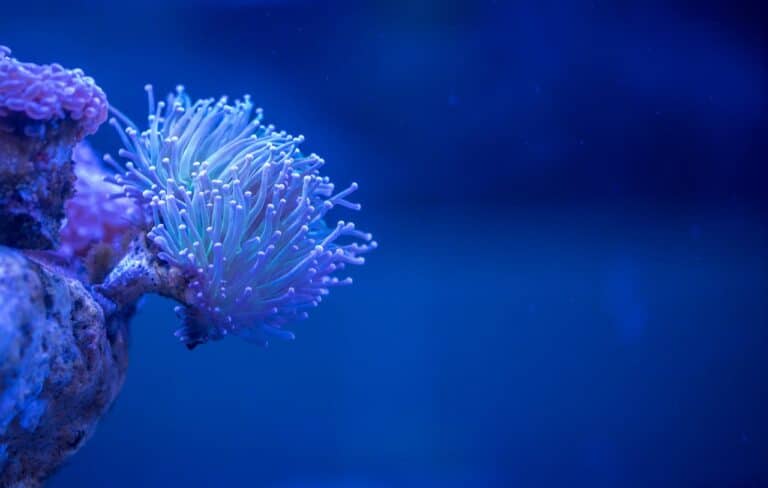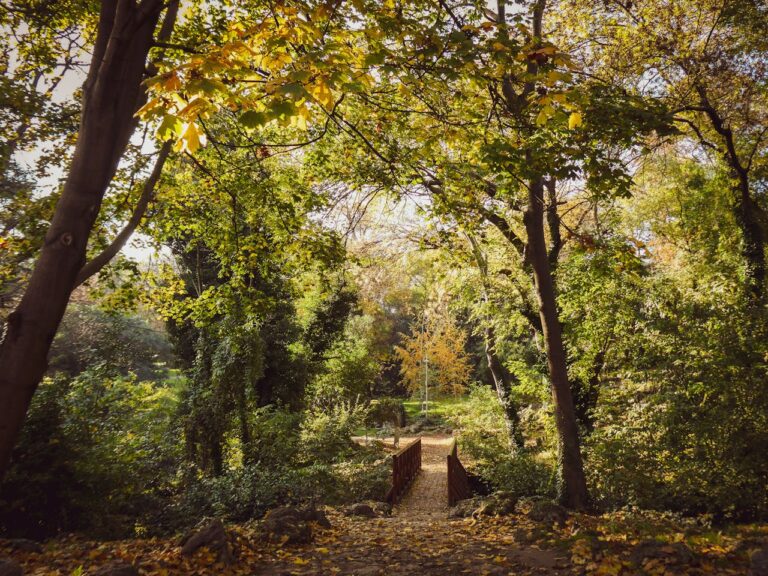
Epic Family-Friendly Coastal Hikes in Salento, Italy
Salento, the sun-drenched heel of Italy’s boot, offers some of the most spectacular coastal hiking in all of Puglia. With turquoise waters, dramatic limestone cliffs, hidden caves, and ancient watchtowers dotting the landscape, these trails provide the perfect mix of adventure and natural beauty for families. Whether you’re traveling with young children or teens ready for a challenge, here are six incredible coastal hikes ranked by difficulty to help you plan your perfect Salento adventure. 🟢 SUPER EASY: Cava di Bauxite (Bauxite Mine) Short walk to a surreal emerald lake | 0.5 km round-trip | 15-20 minutes Why it’s perfect for families: This isn’t really a hike, but it’s an absolute must-see that even toddlers can manage. The former bauxite quarry near Otranto has been transformed by nature into one of Salento’s most photogenic spots. The walk from the parking area is just a few minutes, leading you to a dramatic scene: rust-red cliffs surrounding an impossibly bright emerald-green lake. The color contrast is almost unreal, like something from another planet. Kids will be mesmerized by the vivid colors, and it’s an Instagram parent’s dream. You can walk around the rim of the quarry (stay back from crumbling edges) and

